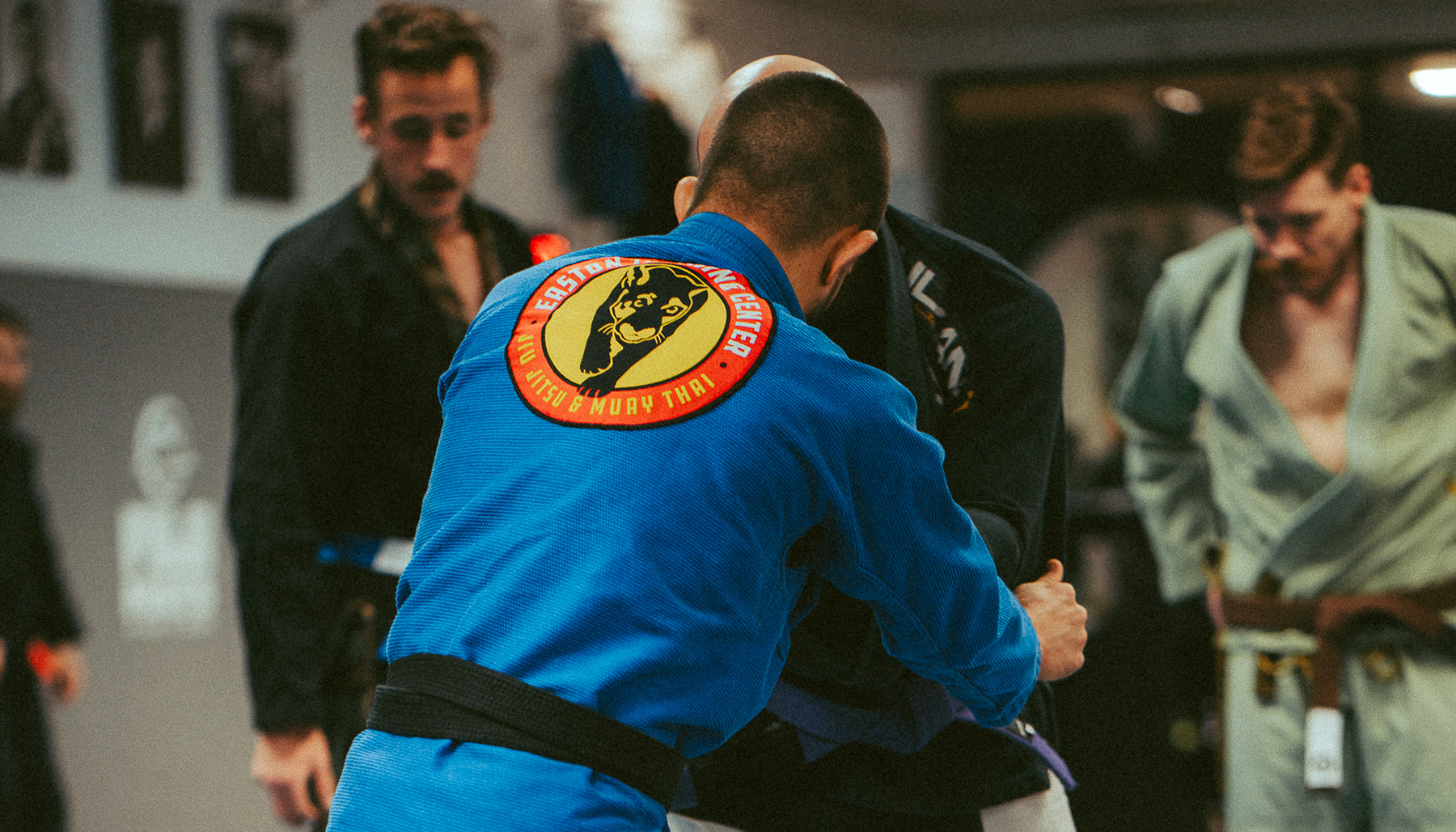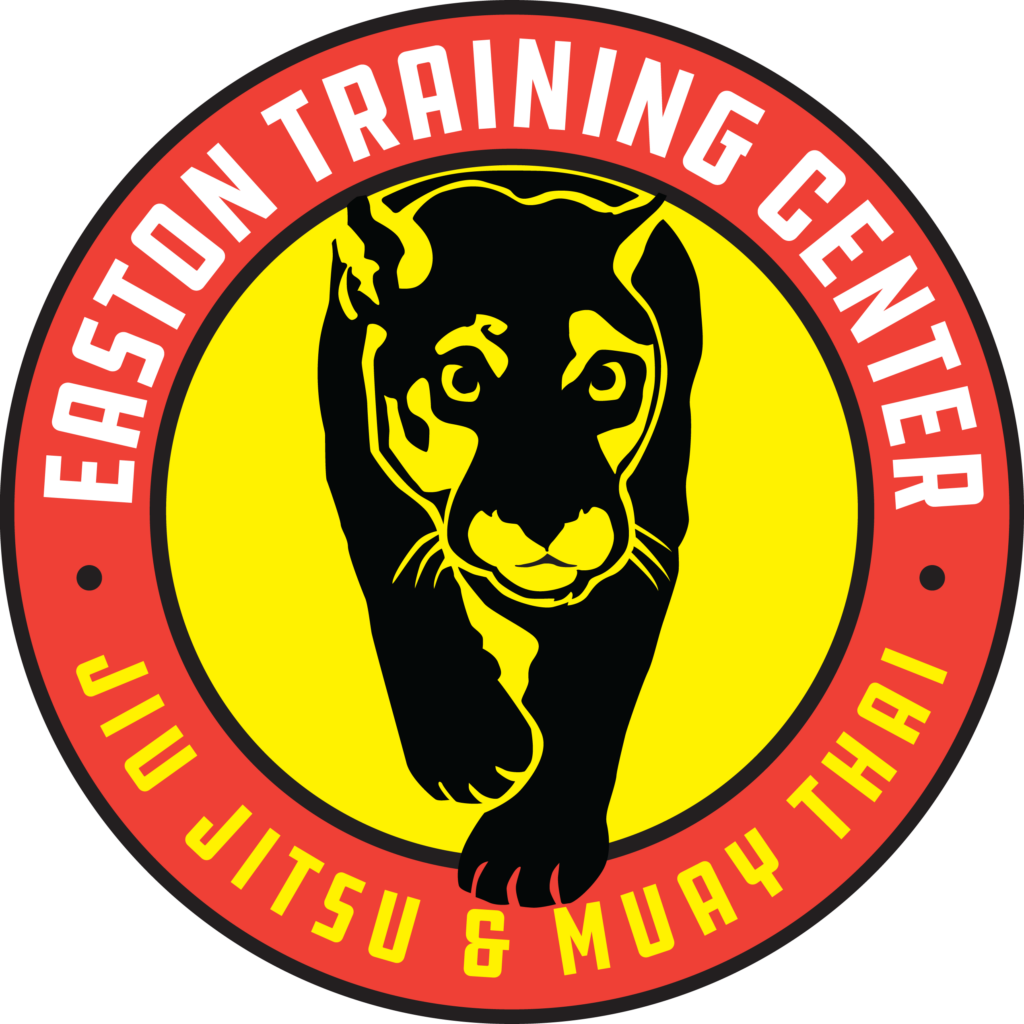If you’re interested in skill development like me, then you’ve likely heard of the “10,000 Hour Rule.”
In short — in his book Outliers, author Malcolm Gladwell proposes that to become an expert in a given activity, one must practice it for 10,000 hours or more.
He discusses the likes of musicians, professional basketball players, and several other highly skilled individuals with respect to their crafts as well as the amount of time it took them to become who they were at their highest performing level. In theory, the same could apply to Jiu Jitsu. Spend somewhere in the neighborhood of 10,000 hours practicing and become a black belt, right? Maybe not. To put this into perspective, let’s analyze how this might work.
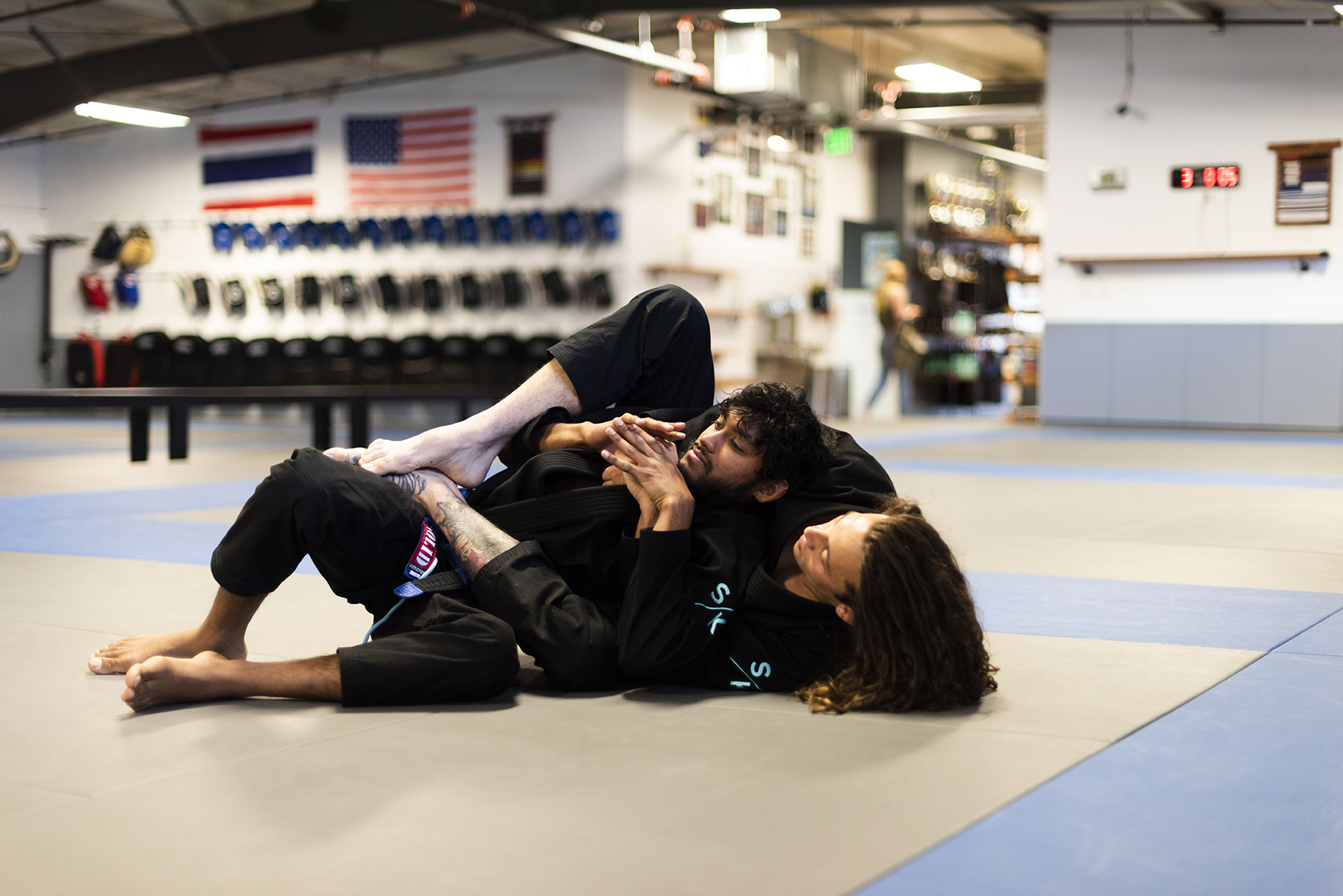
[Time To Train: Making The Most Of Our Time]
The breakdown
Perhaps you began your Jiu Jitsu journey at the age of 28. Extremely excited, you hopped right into training, showing up 5 days a week for 1.5 hours at a time. Assuming you had no injuries, put your social life on the back burner, and work never got in the way, you would accumulate 390 hours of Jiu Jitsu training in one year (7.5 hours a week x 52 weeks.)
Now, take 10,000 and divide that by 390, and you’re sitting at approximately 25.6 years to reach 10,000 hours at the ripe age of 53.
I don’t know about you, but that seems to be an extremely long amount of time to reach proficiency in something no matter what it is. Never mind the fact that you will most certainly have roadblocks come up at some point in your life that keep you from training as consistently as you’d like (i.e., injuries, work, relationships, etc.)
So, what exactly am I getting at with this point? Is it that people are getting promoted too quickly to black belt and should hit their 10,000 hours over a 30-year span first? Most certainly not.
Is it that you should train like a madwoman and throw everything else in your life by the wayside? No. I’m arguing that while the 10,000-hour rule may not be the holy grail of metrics to use when assessing proficiency, it is important that we find ways to improve our Jiu Jitsu outside of time purely spent on the mats attempting to put others to sleep.
So, what do we do?
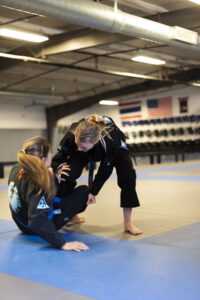 If I somehow had an additional five hours a day to spend on the mats, it’s unlikely that I would spend all five doing just that. I would of course use a large chunk of it to train, but there are a few realities that occur when we up our training frequency without a plan. First and perhaps most importantly — I would never be able to recover from such a sharp increase in training volume.
If I somehow had an additional five hours a day to spend on the mats, it’s unlikely that I would spend all five doing just that. I would of course use a large chunk of it to train, but there are a few realities that occur when we up our training frequency without a plan. First and perhaps most importantly — I would never be able to recover from such a sharp increase in training volume.
Currently, there are days I already wake up feeling like I got run over by a truck; stacking an additional 25-30 hours of training a week on top of that likely wouldn’t help me there. I would spend a good chunk of that time drilling and doing lower-impact skill development, but it’s unlikely that anybody else would have the time and or desire to drill that much with me.
Instead, I’d focus on expanding these key things which supplement my training, and which I think everybody else could benefit from too.
Watch More Instructionals + Take More Notes
One of the most useful tools I find to help increase my Jiu Jitsu game off the mats includes watching high-level instructionals from places like BJJ Fanatics or other solid YouTube channels that high-level coaches share.
I choose things that I’m currently working on or would like to implement into my game systematically. I do not watch random “Submission of the Week” videos if I don’t feel that they fit into my system, or if they seem to have a lower chance of success in practice.
The beautiful part about this is I can watch several hours of instructionals a week, and with true focus and note-taking, dramatically level up my hours per week of Jiu Jitsu without having to spend more time on the mats.
Most critical, however, comes down to applying the things I learn in training and competition so they don’t disappear into the abyss that is my brain.
Watch More Competition Footage
Something I picked up from Professor Ian a few years ago was watching high-level competition footage and dissecting some of the key principles. Whether it’s watching old videos of the Miyao brothers’ Berimbolo the World or Marcelo Garcia putting on a back attack clinic, I find it tremendously useful to see exactly how the best in the world do it at the highest level.
Not only does it give you an idea of what actually works against high-level competitors, but it demonstrates key details necessary to finish a specific technique on an unwilling opponent. Much like watching instructionals, it’s imperative to be intelligent and systematic with the videos you choose to watch. While a highlight reel of flying triangles may be fun to consume, it is also unlikely to provide as much practical insight as an old-school Leandro Lo torreando pass display at the IBJJF Worlds.
[4 Ways Video Analysis Can Help Martial Arts Athletes Improve Their Game]
Create Flow Charts
Something else I find extremely useful to develop skill off the mats is creating “flow charts” for Jiu Jitsu. I present myself with a particular scenario or attack, and write out how to optimally transition from there.
Take guard-passing in the gi, for example. Perhaps I start with a knee cut pass but that gets defended; from there, I may attempt an X-pass or step back and force a leg-drag. If my partner resists and turns back towards me, then I will either dive under the leg coming over the top for the re-guard or circle around to the other side. From there, I continue to imagine endless scenarios in my head and how I would specifically react depending on what I anticipate the other person to do.
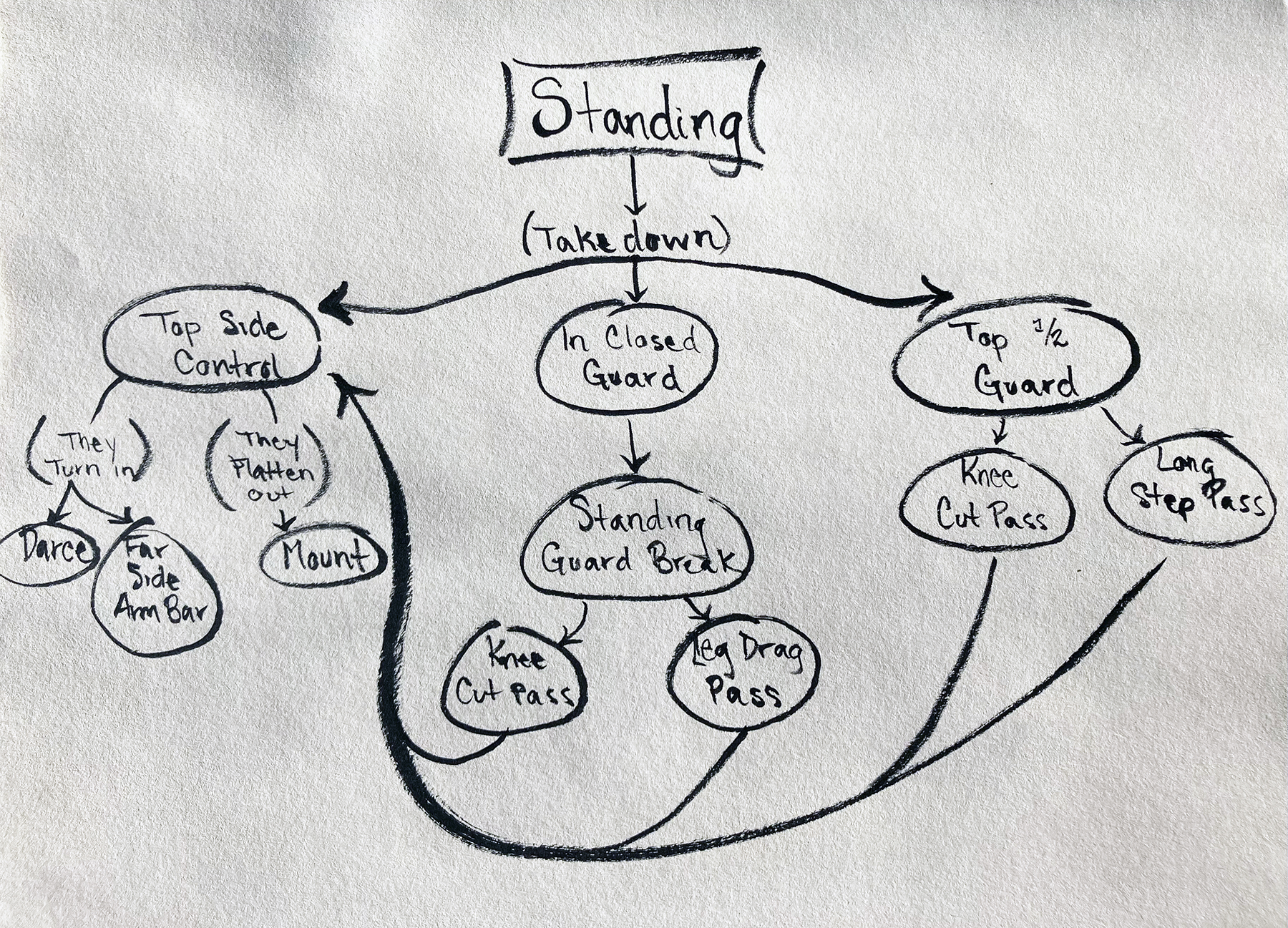
This is pure visualization that can be done with as little as a few minutes or up to hours of free time without having to physically get on the mats. I like to write these things out, but you could simply do these in your head while on a walk, taking a shower, cooking dinner, you name it.
In short, our time in life is limited, and our time on the mats is even more so. We must capitalize on as much precious mat time as we possibly can because nothing will ever replace it, however simply showing up, training hard, and then forgetting about Jiu Jitsu until the next time will only get you so far.
To expedite your Jiu Jitsu literacy and skill acquisition, you must practice off the mats as much as on the mats. There are several ways this can be done, and each of them offers unique benefits that will be sure to take your game to another level. Give it a try and see what you think for yourself, happy training!

